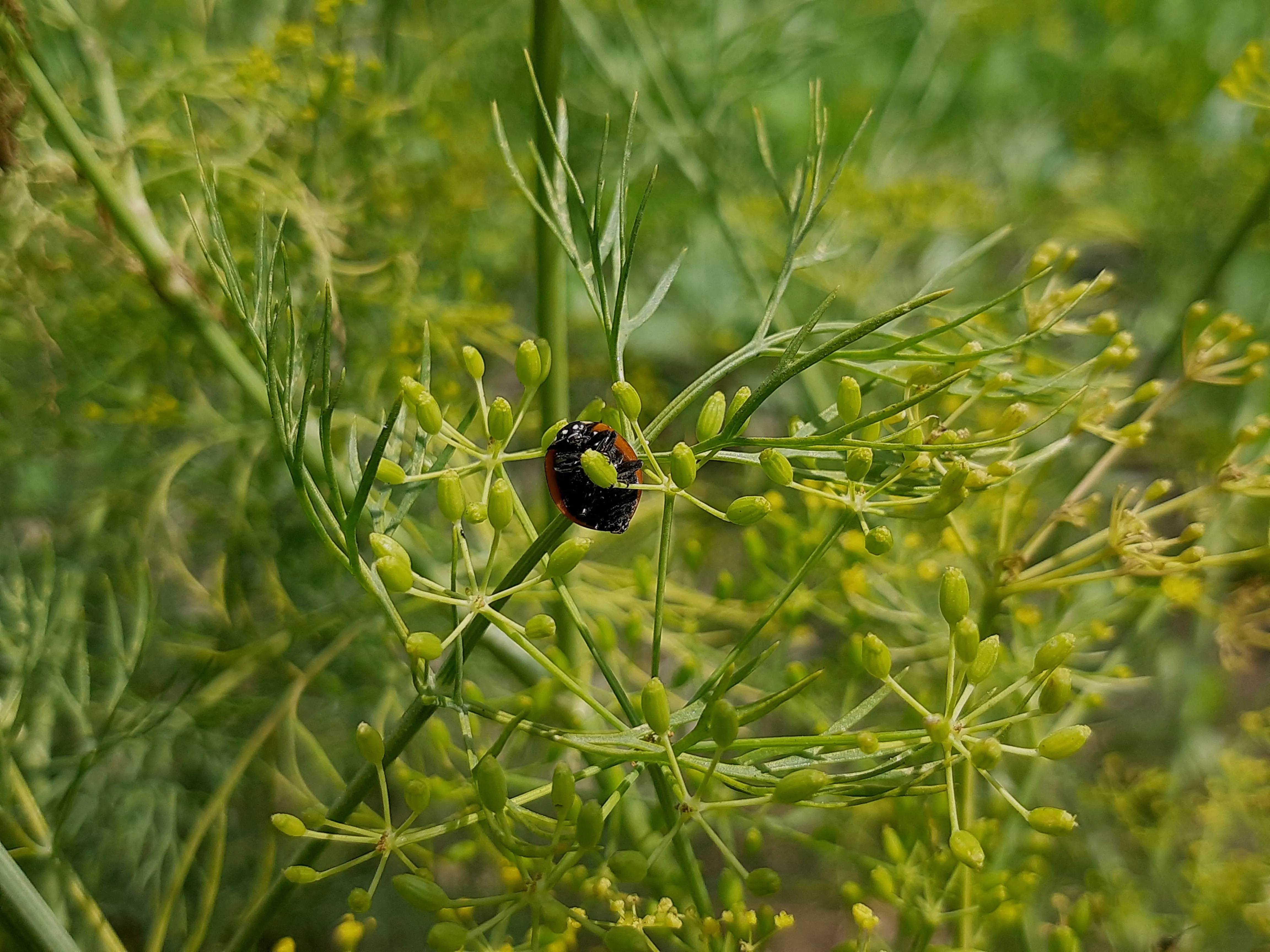Integrated Pest Management: An Overview
Explore the essentials of Integrated Pest Management (IPM) in organic farming with Vriksha Farms. This informative post provides an overview of IPM techniques, showcasing eco-friendly and sustainable methods to manage pests in your garden near Bangalore. Discover how IPM aligns with organic principles, enhancing biodiversity and promoting a healthy ecosystem. Learn practical strategies to protect your crops effectively while adhering to environmentally conscious farming practices.

Introduction
Integrated Pest Management (IPM) is a holistic approach to pest control in organic farming that emphasizes the use of natural and sustainable methods. Vriksha Farms, dedicated to responsible agroforestry and sustainable living, advocates for IPM as a key component of successful organic farming. This blog post provides an overview of IPM, illustrating how it can effectively manage pests while minimizing environmental impact.
Principles of Integrated Pest Management
Understanding the Pest Ecosystem
IPM begins with understanding the ecosystem of your farm, including the types of pests present and their natural predators. This knowledge is crucial for implementing effective control strategies that are environmentally friendly.
Prevention First
The primary focus of IPM is prevention. This includes cultivating healthy soil, choosing resistant plant varieties, and using cultural practices that discourage pest infestations.
IPM Strategies
Cultural Controls
Cultural controls involve modifying farming practices to reduce pest problems. This can include crop rotation, planting cover crops, and creating habitats for beneficial insects.
Mechanical and Physical Controls
Mechanical and physical controls in IPM include using barriers, traps, and manual removal of pests. These methods are effective and do not harm the environment.
Biological Controls
Biological control involves using natural enemies of pests, like ladybugs to control aphids. This method is effective and supports the natural ecosystem.
Judicious Use of Organic Pesticides
When necessary, IPM allows the use of organic pesticides, but only as a last resort and in a targeted way to minimize impact on beneficial organisms and the environment.
Monitoring and Decision-Making in IPM
Regular Monitoring
Regular monitoring of pest populations is a critical aspect of IPM. This helps in making informed decisions about the need for intervention.
Threshold Levels
IPM involves setting threshold levels – the point at which pest populations or damage becomes unacceptable. This approach ensures that pest control measures are only used when absolutely necessary.
Benefits of Integrated Pest Management
Environmental Protection
IPM reduces the reliance on chemical pesticides, protecting the environment and preserving biodiversity.
Long-Term Sustainability
IPM practices contribute to the long-term sustainability of farming systems by maintaining ecological balance and soil health.
Economic Efficiency
By preventing large-scale pest outbreaks and reducing the need for expensive chemical treatments, IPM can be economically beneficial for farmers.
Conclusion
Integrated Pest Management is a cornerstone of sustainable organic farming, offering a balanced approach to pest control. By adopting IPM practices, farmers like those at Vriksha Farms can effectively manage pests while upholding their commitment to environmental stewardship and sustainable agriculture.
